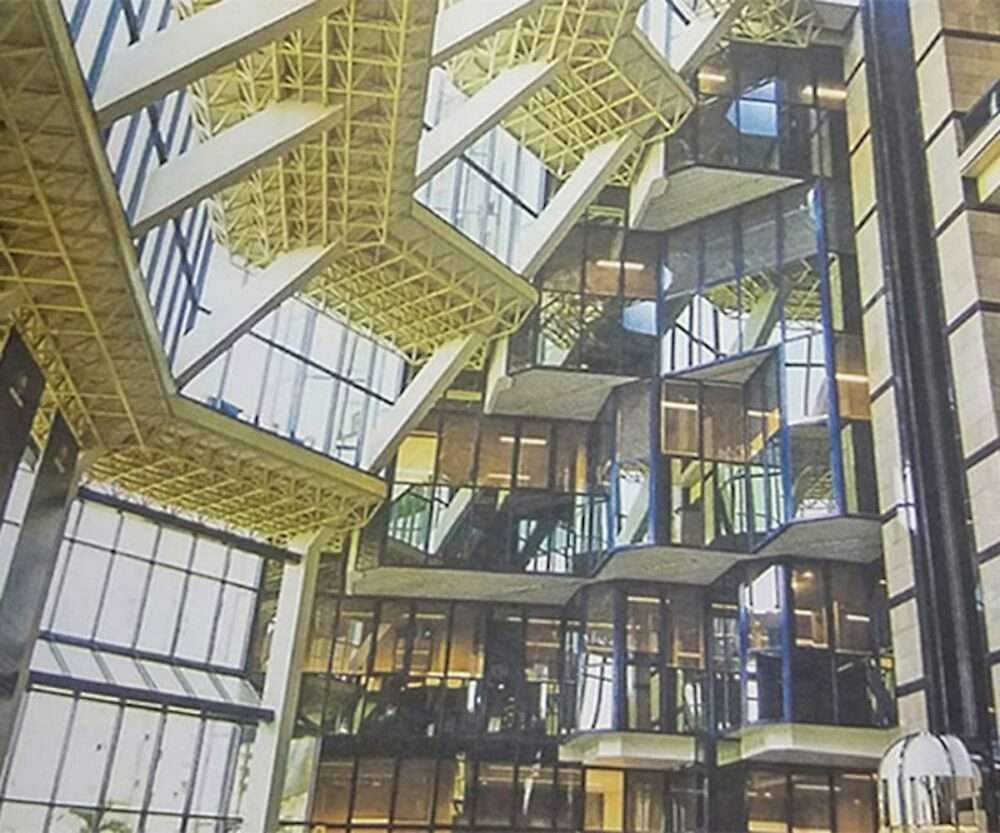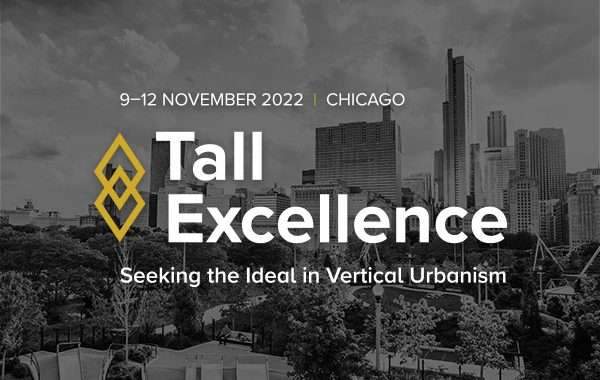Pavilion of the Republic of Kosovo at the 18th Venice Architecture Biennale
Up to the present day, migration plays a significant role in the social development of Kosovo. It manifests itself in different forms, which differ in motives, manner and duration. The exhibition deals with a special form of migration, which illustrates that the migratory process is not completed with the simple move to another country.
It often takes place in different phases, some of which end in a return to the home country. This return can be temporary, seasonal or permanent, but what they all have in common is that they ensure that connections and networks of different kinds are created between the homeland and the hostland. This form of migration can be described as the concept of translocality, a model of life that is becoming more and more prevalent. People living in multiple places at the same time, maintaining connections between Hostland and Homeland through communication. Transfer of knowledge, information, material and immaterial goods.
Pavilion of the Republic of Kosovo at Venice Architecture Biennale
In the course of the tense political situation and an ever-worsening marginalization of the Albanian population during the breakdown of the Yugoslavian Republic, hundreds of thousands of people sought refuge and protection abroad. In some cases, this flight would often last for decades without return. During this conflict- and war-related migration wave in the late 1980s to the late 1990s. People fleeing found temporary arrival mostly in OECD countries. Regulated in the form of a residence permit as politically persecuted persons. This legal status did not provide for a return to the homeland as long as the reason for flight had not been resolved and lifted. For many refugees, this represented a state of waiting and lingering. Because the reason for migration was not a self-determined one, it was imposed from the outside.
The perceived locality of this migration group is the starting point for a spatial-philosophical narrative: transcendent locality. The concept of transcendence is variously described and defined from ancient to contemporary philosophy. Common to all meanings is that transcendence implies the process of crossing a boundary that separates two fundamentally different spheres.
The project explores the impact of transcendent locality on immanent space in the short and long term. How the return of migrants after the war has affected Kosovar cities. How the social migration networks, which developed in the hostlands, impact on urban space in the form of translocal urbanism. It opens for discussion how urban planning can respond to these specific conditions in order to create urban resilience and livable cities.
Download the information related to this event here.
Finally, read more on Archup:







